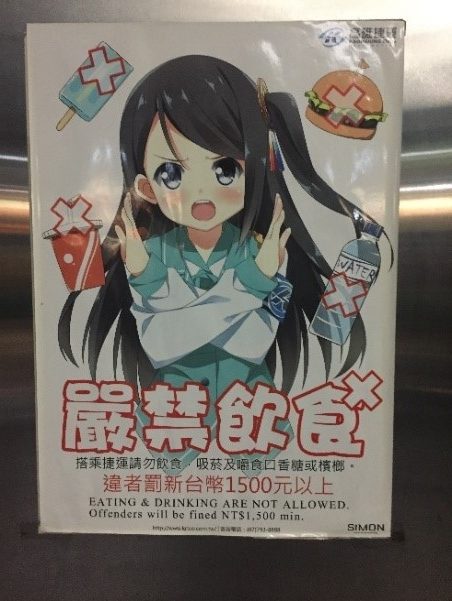Jamie started working at Foursquare ITP as a Transportation Planner in July after spending a month in Japan and Korea.
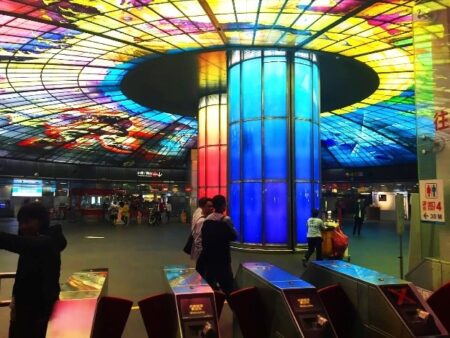
Anyone who has been to East Asia will tell you the public transit is far superior to that in the United States. The train systems are faster, longer, cleaner, and more reliable. The infrastructure and technology are well-invested in and the riders have an experience that would get even the most stubborn drivers out of their cars in America. In the past two years, I have spent time in Taiwan, Japan, and Korea, eating a lot, riding a ton of transit, and being that odd American taking pictures of the bus stop signs. Here are a few things I can tell you of the differences in transit amenities and transit culture.
Comfort and Safety
No one likes to hold their bladder for an entire train ride just to have to hold it even longer when you get off – or even worse, get a big whiff of urine as you are waiting for a train. As I was touring these Asian countries, I could always rely on the train stations as a place to relieve myself (in Japan you could even find heated seats and bidets). These cities even take it the extra mile and provide breastfeeding rooms for new mothers!
Taiwan offers family friendly train cars that include fun characters and allow for a more comfortable ride for guardians with strollers and energetic kids. Taiwan also features female safety areas, usually in places guaranteed to be covered with lighting and security cameras. Tokyo has also jumped on board with female-only cars during rush hours to give women and young girls a sense of security. This is in addition to the added security of the omnipresent CCTVs that can be found in many parts of East Asia.


Doors, Cues and Shopping Malls
Platform screen doors or platform edge doors keep out the wind and the noise, and keep riders safe from oncoming trains. These glass doors are a newer technology that has mostly been retrofitted on older systems in Europe and Asia. Seoul Metro has even made a commitment to install these doors in 100% of their stations by 2018.
These doors also allow you to know where to wait for the train. Usually marked on the floor with actual lines or arrows, riders are instructed to wait patiently to the sides of the doors to allow customers to exit. This also means that there isn’t a mob of people trying to get on the train, but rather a nice orderly line (usually, I did get caught up in a bit of pushing in Seoul rush hour).
In Seoul, the doors are marked with the train car number and door number, and this makes it easy when you are planning quick transfers – Apps like Subway Korea tell you exactly which car and door to enter and exit for the easiest and fastest transfer. This is how public transportation is in Seoul, and in all the metro systems that I used during my travels; it is easy to navigate and plan complicated trips and therefore causes you no anxiety.
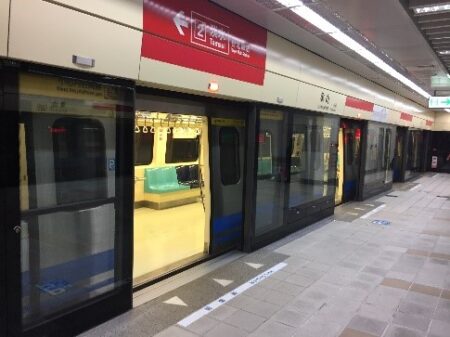
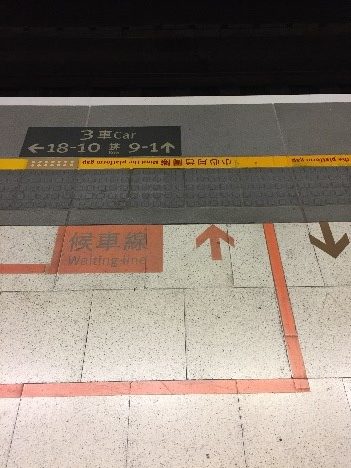
The cherry on top for transit stations in Seoul is that they aren’t just glorified train platforms; they are everything. For example, without leaving the station, I could sit down and eat hot noodles, take a visa picture, freshen up, purchase a new pair of socks or the latest and greatest Korean skincare, and buy fresh produce for dinner. The metro stations are not just junctions, they are business and cultural centers.
Super Transit Cards
The most convenient part about taking transit while I was traveling was the fact that I could refill a tap-and-go card with money and use it for much more than the subways. Many US public transit systems are adopting this technology but we are still behind. Seoul boasts some of the cheapest fares and free transfers and has one of the easiest cards to purchase and refill no matter what language you speak. In Tokyo, the Passmo Card can be used for taxis, buses, and the rail as well as purchases at convenience stores. Taipei’s Easy Card isn’t just useful for the train and 7/11, you can also use it for the city’s giant bike share system and the popular gondola on Moakong Mountain.
Etiquette and Etiquette Mascots

Ever get stuck behind stationary people on the escalator, or run into someone going down the stairs as you are going up? This doesn’t happen in these crowded stations. Not only do people respect the physical space by not littering, but people also respect your personal space by following the basic rules; one side of the escalator is for standing, one is for walking, and one side of the stairs is for going up the other is for going down. You don’t need to speak the language to understand the etiquette rules. Simple universal reminders, like arrows, are often used to keep people in their proper lanes and make the giant crowds of people that move through the stations seem like a beautiful fluid.
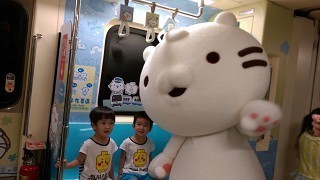
We have seen etiquette and safety campaigns in transit systems in the US, but Taipei Metro takes it up a notch. Maji Meow isn’t just a character in the Culture Promotion Campaign, he has become a mascot for the entire metro system and people love it.
Taiwan’s other major city, Kaohsiung, has also used mascots to promote their rules. These four charming animé girls can be found all around the system. It is no surprise that Tokyo has mastered these adorable and entertaining etiquette posters. You can see the past six years’ worth of animated gold archived here (warning: this is in Japanese, but the pictures speak for themselves).
Bringing the Lessons Learned to the US
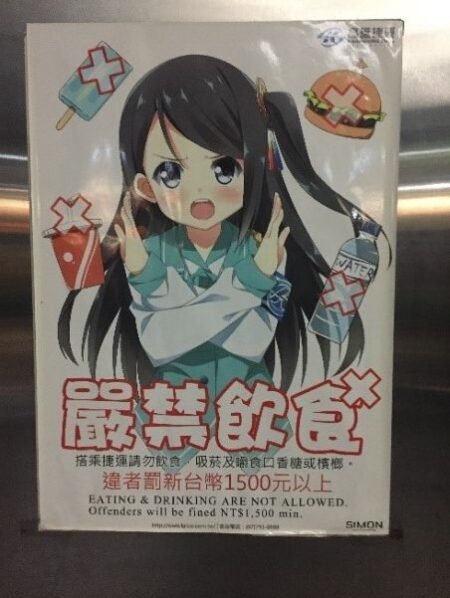
Transit use in East Asia is encouraged through many technology and policy innovations (for another blog). The experience is enjoyable and reliable and it is no wonder these systems have some of the highest ridership in the world. Adding doors and restrooms to all our train stations would be a major infrastructure overhaul for many of our systems and the price tag is unfortunately out of reach for most systems. One advantage that these Asian systems have over American systems is funding, not only though taxes but through the farebox. Many of these systems cover more than their operating costs at the farebox due to the high ridership.
The sheer size and density of these cities also contribute to high ridership. Seoul-Incheon has a population of nearly 23 million people with 22,700 people per square mile. Taipei, a smaller city of only 8.5 million, has a population density of 19,400 people per square mile. In contrast, New York City (NY-NJ-CT) has a population of around 21 million but a population density of only 4,500 people per square mile.
So, how can we build globally competitive transit systems in the US?
- Be better urban planners and make plans that encourage transit oriented, walkable, and dense development.
- Champion policies that discourage the use of personal automobiles and provide more funding for transit.
- Dedicate ourselves to cleaner systems with better perceived safety and a universally understandable culture of transit etiquette.
- Invest in technology innovations that makes using public transportation easier and more desirable.
- Redesign our transportation networks to make transferring between routes and modes easier and faster.
- Provide better and more creative tools for passengers to navigate the system and plan their trips.
- Reframe how we talk about public transportation; it is public health, environmental and economic sustainability, social equity, and it makes our cities livable and globally competitive.
Additional Sources
https://www.travel.taipei/en/activity/details/8058
http://www.tokyometro.jp/en/tips/considerations/index.html
http://www.demographia.com/db-worldua.pdf
* Photos taken by Jamie Roberts, and her classmate/colleague, Andrew Neutzling


